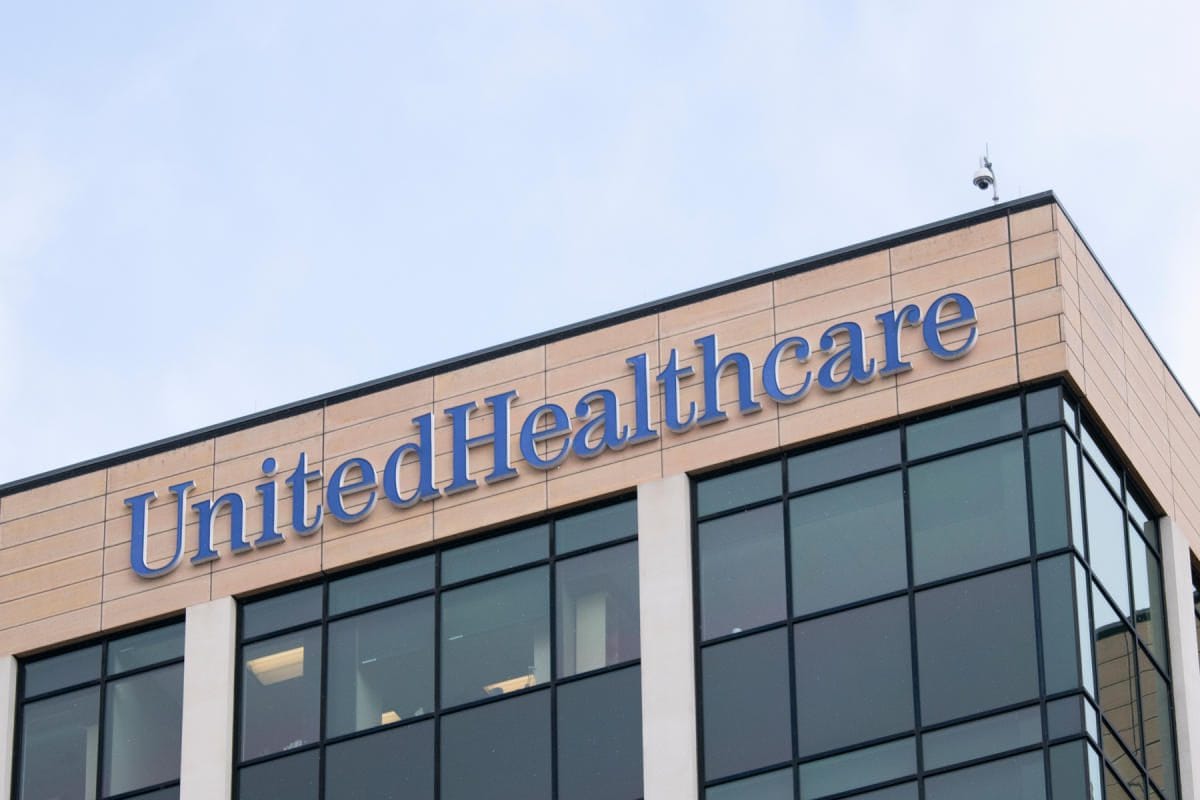The Crisis of the US Healthcare System: Why It Costs More but Delivers Less
1.The Financial Burden on Americans

Over 30 million Americans, or 12% of the population, had to borrow money last year to cover medical expenses, despite having health insurance. In total, $74 billion was borrowed, highlighting major cracks in the world’s most expensive healthcare system—one that delivers some of the worst health outcomes among developed nations.
A Gallup poll commissioned by the West Health Policy Center found that two-thirds of US adults believe healthcare costs are “a very big national problem.” Worse yet, 61% of Americans skip necessary medical care due to high costs, leading to even greater expenses down the road, particularly emergency room visits.
2.The Root Causes of America’s Healthcare Failure
Despite leading the world in medical technology, research, and well-trained professionals, the US ranks last among 10 developed countries in health outcomes, administrative efficiency, and equity. Three key factors drive this failure:
- Corporate Profits Over Public Health – Private insurance companies, for-profit hospitals, pharmaceutical giants, and middlemen prioritize shareholder profits over patient care.
- Distrust of Government-Run Healthcare – Despite public preference for universal healthcare, political resistance has blocked its implementation.
- Unhealthy Living Conditions – Environmental pollution, poor diets, and lack of preventive care contribute to worsening health nationwide.
The Hidden Costs of Corporate Healthcare
US healthcare companies have returned 95% of their profits to shareholders over the past 20 years instead of reinvesting in patient care, according to a Yale School of Medicine study published in JAMA Internal Medicine.
Additionally, US patients pay significantly higher prices for the same brand-name drugs and medical procedures than those in countries with regulated pricing.
The Consequences of a Profit-Driven System
- Decreasing Private Practices: Only 46.7% of US doctors work in private practices, down from 60.1% a decade ago. The consolidation of hospitals and clinics by large corporations results in rushed appointments, excessive paperwork, and less personalized care.
- Unexpected Medical Bills: Even those with insurance face unexpected hospital fees, denied claims, and rising deductibles.
- Over-Reliance on Emergency Rooms: Because regular care is too expensive, many Americans wait until minor conditions become emergencies, driving up costs further.
3.How the US Compares to Other Countries

In South Korea, when a young adult catches a cold, the typical process looks like this:
They visit a nearby clinic or hospital, usually without the need for an appointment. Most neighborhoods have easily accessible medical facilities.
Thanks to the national health insurance system, they receive medical care at a significantly reduced cost. The insurance covers a large portion of the expenses, making healthcare affordable for most citizens.
The total cost of a doctor’s visit for a common cold, including consultation and basic tests, is typically around $5 to $10 USD after insurance coverage. If additional tests or treatments are needed, the price may vary slightly.
After the consultation, the patient visits a pharmacy to pick up prescribed medication. The cost of prescription drugs is also partially covered by insurance, so cold medicine generally costs only a few dollars.
This system allows South Koreans to receive quality medical care without worrying about financial burdens, unlike in the U.S., where even a simple doctor’s visit can be expensive.
*A direct comparison with nations that have universal healthcare illustrates the inefficiency of the US system:
| Country | Total Healthcare Spending (% of GDP) | Universal Coverage | Out-of-Pocket Costs | Life Expectancy (Years) |
|---|---|---|---|---|
| United States | 16.5% | No | High | 78.4 |
| United Kingdom | 10.2% | Yes (NHS) | Low | 81.3 |
| Canada | 11.4% | Yes | Moderate | 82.2 |
| South Korea | 8.8% | Yes | Low | 83.5 |
The Future: A System Poised to Collapse
With costs spiraling out of control, 65% of Americans now believe the government has a responsibility to ensure universal healthcare. Yet, recent budget cuts to the CDC, FDA, and NIH could worsen health outcomes. Public health experts warn that reducing funding for research, disease prevention, and food safety will lead to more hospitalizations, antibiotic resistance, and even higher mortality rates.
The Path Forward
The US healthcare system requires structural reform—not just cost-cutting. Learning from countries like South Korea, where efficient government oversight coexists with private providers, could help the US lower costs while improving access and outcomes.
